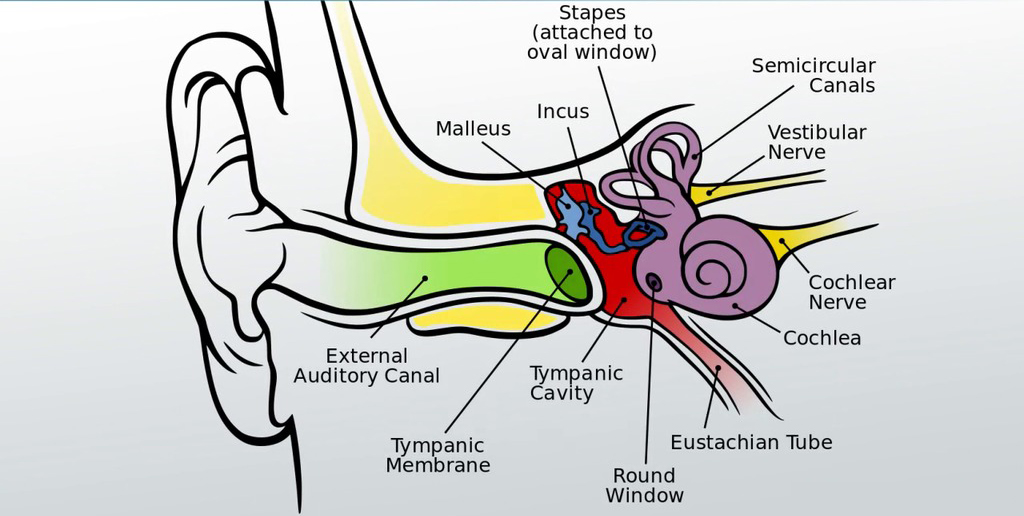Vertigo & Vestibular Issues
Issues with the Vestibular System
The vestibular system, otherwise known as the human balance system, is comprised of three semicircular canals within the inner ear. It is critical for our sense of balance, body position, and detecting motion and positioning of the head, such as rotation and spatial orientation.
If disease or injury damages these processing areas, vestibular disorders can result, which can create problems with balance, dizziness and spatial orientation. Vestibular disorders can also result from or be worsened by genetic or environmental conditions, or occur for unknown reasons.

Commonly Diagnosed Vestibular Disorders
- Vertigo – Benign Paroxysmal Positional Vertigo (BPPV)
- Labyrinthitis or Vestibular Neuritis
- Ménière’s disease
- Autoimmune Inner Ear Disease
- Age-Related Dizziness and Imbalance
- Concussion
Symptoms of Vestibular Disorder
- Dizziness and Imbalance
- Sense of Room Spinning
- Spatial Disorientation
- Audio/Visual Problems
- Tinnitus
- Migraine
- Cognitive Changes

Physical Therapy Treatment for Vestibular Disorders
Vestibular Rehabilitation Therapy (VRT) is a form of physical therapy that is intended to alleviate primary and secondary issues caused by vestibular disorders. Programs are excercise-based and designed to reduce the symptoms caused by vestibular disorders.
Learn more about how the vestibular system works, causes of vestibular issues, vertigo and dizziness, symptoms and more on our blog here.
VRT can help with:
- Visual and/or somatosensory cues
- Stationary positions and dynamic movements
- Coordinated movement strategies (movements from ankles, hips, or a combination of both)
- Dual tasks (performing a task while balancing)
- Ability to walk on uneven ground or in the dark
- Balance while standing, bending, reaching, turning and walking
